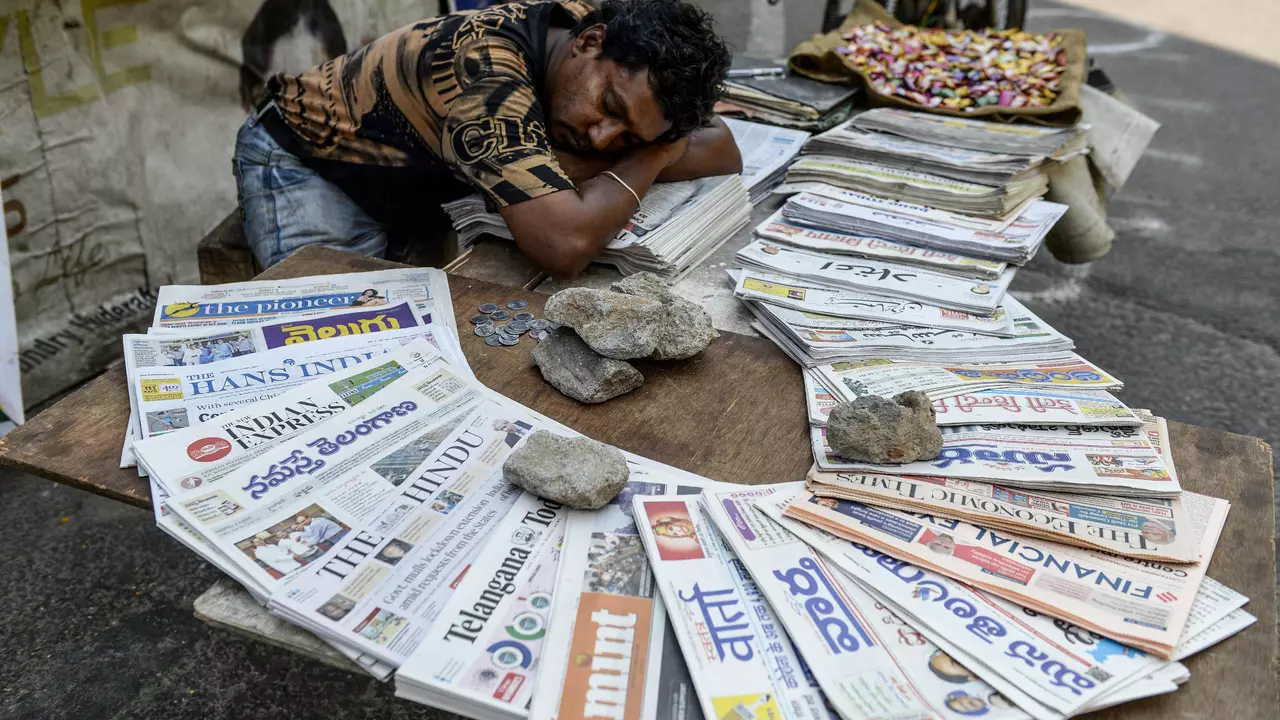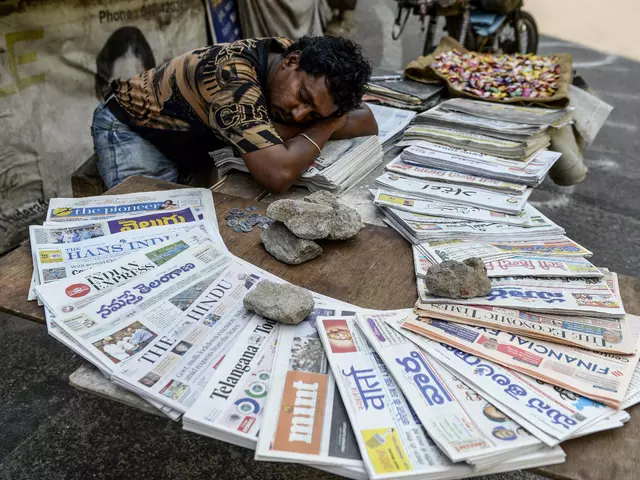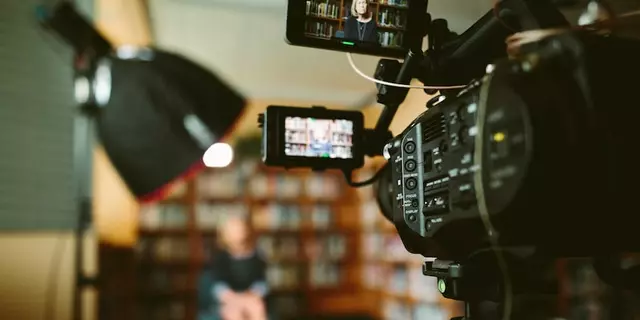Media and Journalism Ethics: How to Spot Trustworthy News
Ever wondered why some headlines feel more like ads than facts? That’s a sign something is off with the ethics behind the story. When media outlets forget their duty to be fair, the whole news landscape gets muddy, and we all end up confused.
In many places, especially in fast‑moving markets, profit can push reporters to cut corners. Corporate owners may push stories that boost their bottom line, while sponsors get subtle shout‑outs. The result? News that leans more toward selling a product than informing a reader.
Political groups also love to whisper in the ears of editors. When a news outlet thinks a party will give them better access or advertising dollars, they might soften criticism or ignore inconvenient facts. That makes the press look like a puppeteer instead of a watchdog.
Common Pitfalls in Modern Reporting
Sensational headlines are the low‑effort way to grab clicks. A bold claim without solid sources is a red flag. If a story relies on anonymous sources without explaining why, you should question the motive. Lots of stories now recycle the same talking points, making it hard to tell what’s new and what’s just fluff.
Take the recent debate about how “sold out” Indian media is. Many people point to a few high‑profile cases where a channel aired government‑friendly narratives during elections. Those moments fuel the belief that the whole industry is compromised, even though some outlets still chase hard‑won truth.
When the press loses its independence, democracy feels the sting. Citizens can’t make informed choices if the news is a echo chamber. That weakens the fourth pillar, and the whole system starts to wobble.
Building Credibility in the Digital Age
Fact‑checking is a simple but powerful tool. Reputable sites publish correction notes when they get it wrong—look for that transparency. Independent journalists often publish their methodology, showing you exactly how they arrived at a conclusion.
Supporting outlets that rely on subscriptions rather than ads can also help. When readers pay directly, there’s less pressure to chase clickbait. Many small teams cover local issues deeply, offering perspectives that bigger networks skip.
Here’s a quick checklist for every story you read: Does it name its sources? Are multiple viewpoints presented? Does the piece explain why the topic matters now? If the answer is no, treat the article with caution.
By staying curious and asking these simple questions, you protect yourself from misinformation and push the media toward better ethics. After all, a well‑informed public is the best defense against a biased press.



